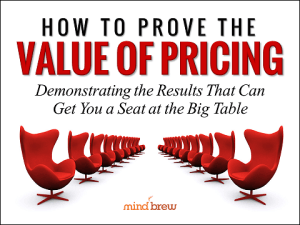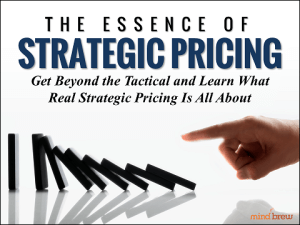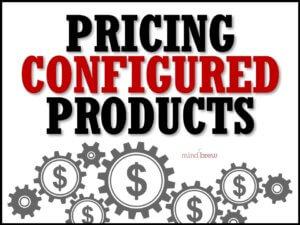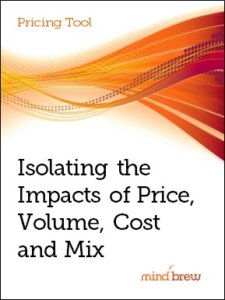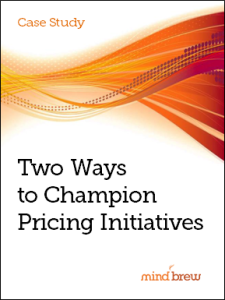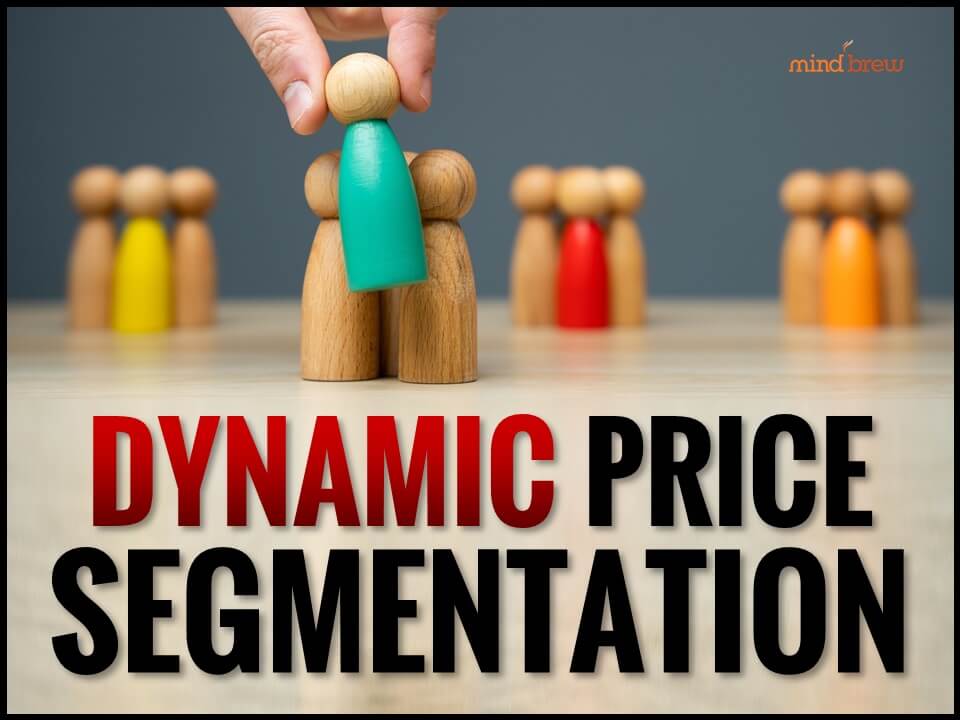As a group, pricing practitioners tend to be really comfortable in the realm of logic and numbers. But when we start getting into “fuzzier” areas like making an emotional appeal, we don’t really see the point. After all, if a 1 percent improvement in pricing is going to result in a 55 percent increase in profitability, of course, the executive team is going to see the value of pricing, right?
This kind of thinking is pretty common among pricing folks, and unfortunately, it can lead to a lot of trouble.
In most B2B companies, the pricing team regularly finds itself in the position of having to justify its existence. This happens a lot when the pricing group is in its formative stages, but it can also happen later on after the group has been in existence a while. Pricing is still a fairly new discipline, and some executives just don’t get it.
When pricing people make the argument that pricing is important, we tend to emphasize the things that are important to us—logic and numbers. But any great salesperson will tell you that is absolutely the worst way to sell something to someone.
You see, most of the time, human beings make decisions with our hearts, not our heads. As Dale Carnegie once said, “When dealing with people, remember you are not dealing with creatures of logic, but creatures of emotion.” Of course, we all think that our decisions our perfectly logical. But psychologists tell us that, in general, people make a gut-level, intuitive choice about something, and then they use the numbers as a way to validate the choice they’ve already made.
So if you want to “sell” the executive team on the value of pricing, you’re going to have to approach things a little bit differently. You have to try to see things from their perspective and make an argument that will make sense to them—not to you.
Here are four tips that can help:
- Remember that different people in an organization perceive value in different ways. You already know that value means different things to different customers because that’s a principle you use when creating your pricing segmentation models. Apply the same principle to your executive team. Sure, some of them are going to be really concerned about the bottom line, but they might also be concerned about things like employee morale, potential disruptions to the organization, their competitive position in the market, shareholder returns, etc.
- Come at it from various angles and address multiple value dimensions. Recognizing that different people value different things, make multiple arguments that address a lot of different areas, not just the bottom line. Those various angles should include some emotional appeals that you think will resonate with the executive team.
- Recognize that “better pricing” is not really the Big Table objective. Some of your corporate executives may not have ever really thought about pricing before, so don’t expect them to get excited about improving pricing. Instead, show them how better pricing can help them achieve their big picture goals like profitable growth or improved competitive standing. Consider your company’s objectives and business strategy and demonstrate how price management fits in.
- Use numbers as support, not the whole argument. You definitely need to include the numbers—remember the executives will use those numbers as a way to justify their decision. But also give them plenty of other reasons for approving your pricing initiative or keeping the pricing team around.
The thought of doing all this work to justify your job may have you feeling a little overwhelmed. After all, if you wanted to spend your days selling something, you probably would have gone into sales.
But these sorts of change management activities are an integral part of the pricing discipline, and fortunately, these skills can be learned. Check out the webinar Proving the Value of Pricing. It goes into much greater detail about the strategies and tactics other B2B pricing teams have used to gain more influence at their organizations, and it’s a great place to get started learning how to do a better job of selling internal decision makers on the value of pricing.

